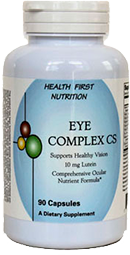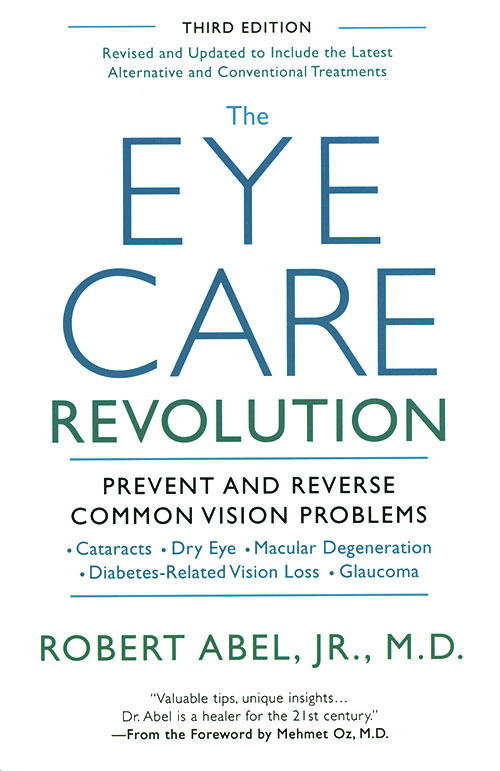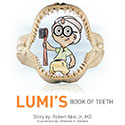Not a Wet Eye in the House
Everyone experiences dry eyes from time to time whether it’s in an airplane, a dry bedroom an office building or even all of the time. Dry eyes are related to the fact the tear film is not sufficient under particular circumstances. People often stare while driving or using a computer, may not be able to blink completely or take medication which dehydrates them. Believe it or not we may not even realize why our eyes feel burny, itchy, and red or even tear.
Eighty percent of our relationship to the world comes through our eyes. The first lens through which we see is the transparent tear film. Its three layers are composed of mucous, watery tears and oil. The conjunctiva, which lines the underside of the eyelids, has little goblet cells that secrete mucus. A film of mucus covers the cornea and attracts the watery tears, which are produced by the accessory lacrimal glands. These little glands are discharging watery tears all of the time, both day and night. The oils from the oil glands in the lid will then sandwich the watery tears onto the eye.
When people get upset, smell fumes or onions, or become deficient in a healthy tear layer, the main lacrimal gland responds with an outpouring of tears. Therefore, people who have dry eyes may periodically experience tearing because of this backup reservoir, like a waterfall of tears.
Those who are at risk for frequently experiencing the irritation and soreness of dry eyes may be exposed to any of the following:
– Dry bedrooms
– Dusty environments
– New carpets
– Certain medications
– Computer users
– Infrequent blinkers
– Soft drinks and artificial sweeteners
– High fat diets
– Limited water intake
– Excessive salt consumption
– Medical conditions such as arthritis, urinary difficulties, high blood pressure, etc.
– Contact lens wear
Diagnosis of dry eye is frequently made by the symptoms alone. Irritation, tearing, and mucus discharge in the morning are often a clue. Artificial tears may be all that is necessary if the situation is mild. However, if symptoms continue to occur throughout the day, then more frequent application of tears, preventative ointment at nighttime and use of a humidifier are recommended. A thorough eye exam is helpful to determine the position of the eyelids, movement of the lower lid, patency of the tear duct system and health of the corneal surface. Using a filter paper strip to measure the tear production is helpful. Ultimately, success at managing the symptoms of dry eye will be determined by the patient.
For more severe conditions dietary changes are recommended. These include elimination of soft drinks, drinking more water and reducing sugar and saturated fats. Including Omega-3 fatty acids (fish oil and algae oil) in the diet can give amazing improvement. Making the oil layer of the tears less inflammatory goes a long way to building up the tears and elimination of the dry eye syndrome.
For the most difficult cases, putting a tiny plug in the lower lid drainage duct will allow people to maintain the tears they do have, which would otherwise be lost by blinking and evaporation. A prescription product called Lacrisert is a small pellet that can be dropped inside the lower lid and will enhance the tear film for 16 to 18 hours, thus limiting the necessity for frequent artificial tear administration.
Remember to think, blink and drink healthy.







